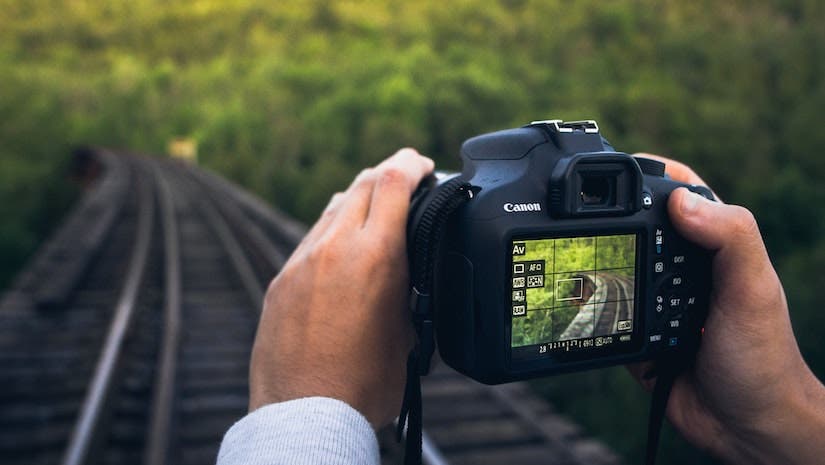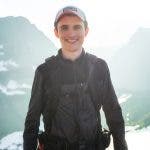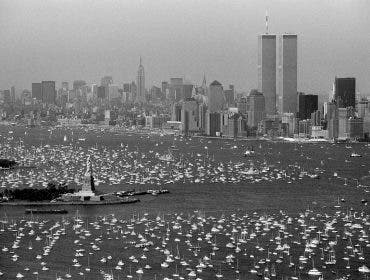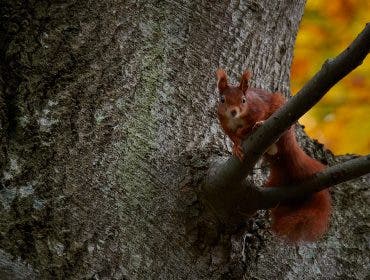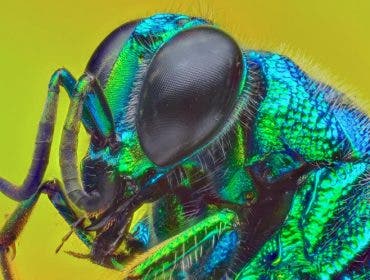Choosing the correct focus mode for your photography is crucial. Oftentimes, it can be the difference between getting the shot or missing it entirely. These days, digital cameras come loaded with more than just your traditional auto or manual focus. In fact, most Canon, Nikon, and Sony cameras come with five different focus modes to choose from. While they may be named differently depending on which brand you have, the names should be similar and operate the same way. This guide lists all of the different focus modes, as well as what kind of photography they are best suited for.
AF-S – Auto Focus Single Shot
This focus mode is a great choice for photography where the subject isn’t moving. I love AF-S for landscape scenes like waterfalls, mountains, and deserts. This focus mode works by locking the focus point when you push the shutter button halfway down. If you move the camera while still holding the button down, it will not continue to hunt for focus. Rather, it will stay at the same focus as it was before. If you do move your scene and need to refocus, all you need to do is take your finger off the shutter button and press it halfway down again.
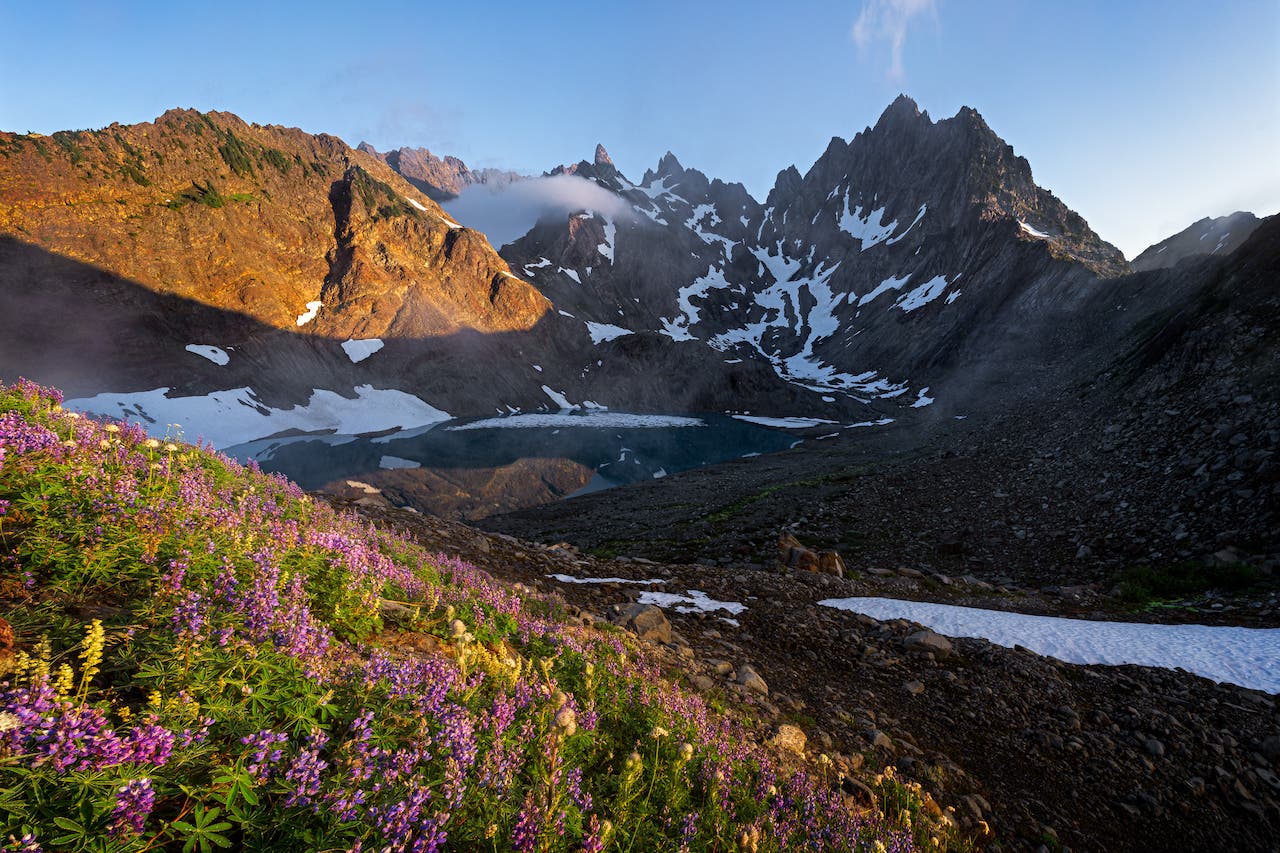
AF-C – Auto Focus Continuous
You’ll want to use Continuous Auto Focus when photographing things that are moving. This is a great choice for things like wildlife photography, sports, and portraits. This focus mode works while you have the shutter button held halfway down, because it continues to hunt for focus. This means that if you move the camera, or if the subject moves, it will maintain focus throughout. You don’t want to use this focus mode on a scene where nothing is moving because the camera will be working harder than it needs to. This can often result in images that are not in focus.
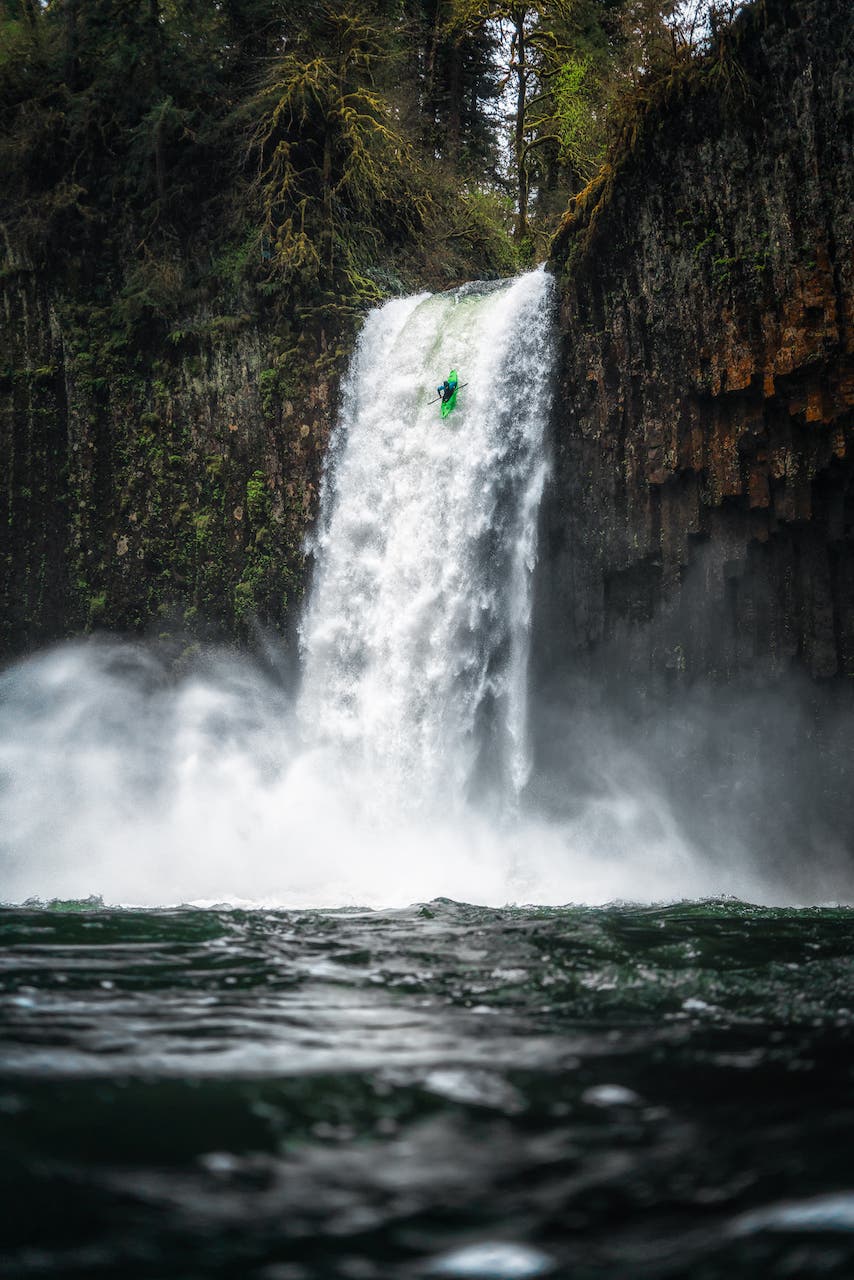
AF-A – Auto Focus Automatic
For a mix of the previous two options, use Automatic Auto Focus. This allows the camera to decide where it should be using single shot or continuous auto focus. This is a great choice because it allows the camera to choose which focus mode to be in. Generally speaking, you can’t go wrong with this focus mode but if your camera is struggling to focus in this mode, switch it to one of the two previous modes.
DMF – Digital Manual Focus
Some cameras have Digital Manual Focus, which allows you to blend manual focusing with automatic focusing. To use this mode, first press the shutter button halfway down. You’ll notice that the camera will come into focus. While still holding the shutter button, you can now dial the focus ring to refine the focus manually. This mode works great for times like blue hour when the camera can do a decent job focusing, but you want to refine the focus to make sure your images are tack sharp.
MF – Manual Focus
Manual Focus is quickly becoming a thing of the past with better autofocus technology coming out by the year. Although, it’s still beneficial to know how to use it. Manual focus is your best bet when your camera just can’t quite autofocus correctly. If you are shooting any photos after dark, you’ll probably need to use manual focus. Camera sensors rely on contrast to find focus points and after dark, the camera has a harder time picking up the contrast. I also use manual focus whenever my autofocus is struggling, or if I want to save battery life on my camera.
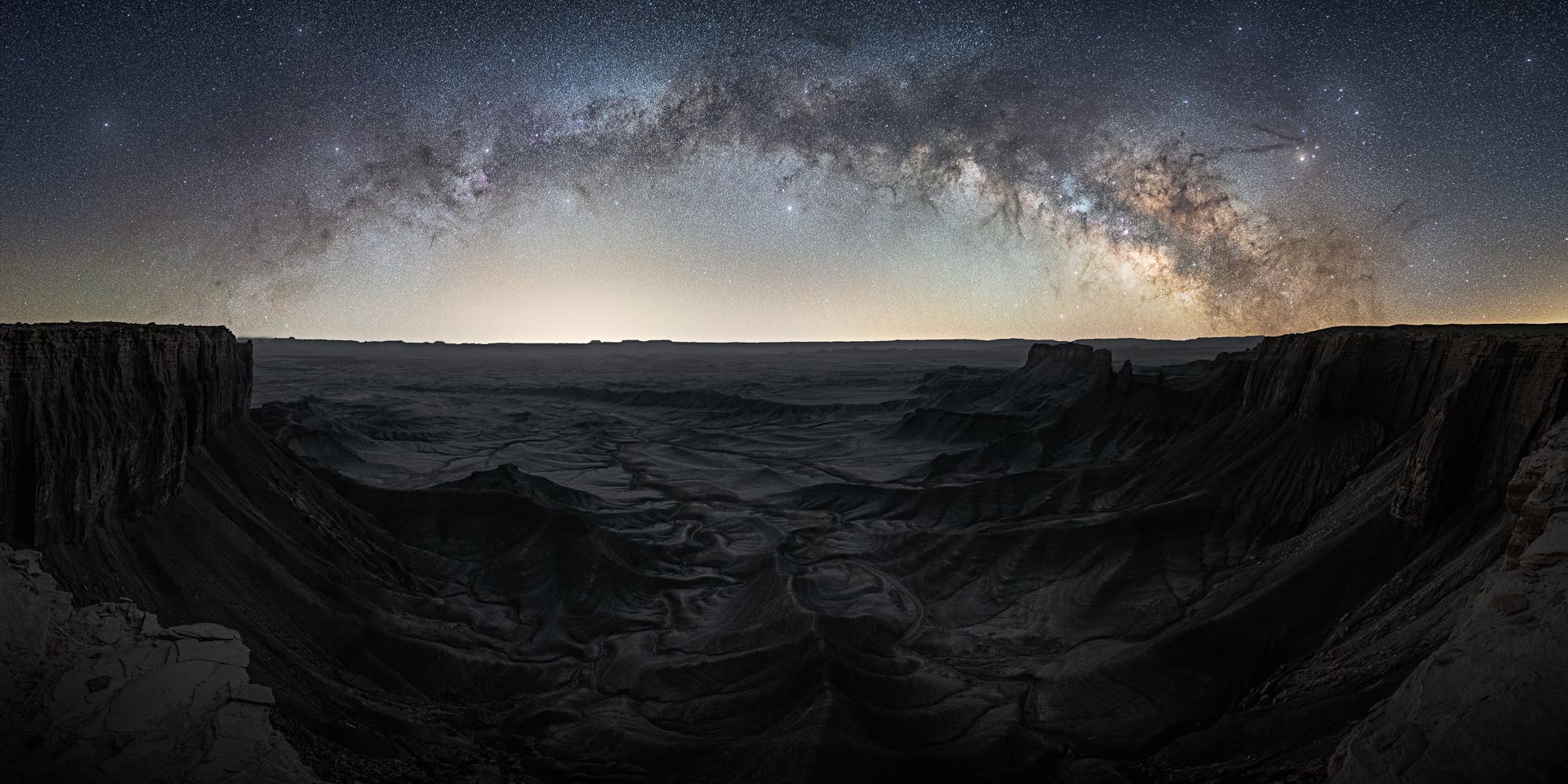
Choosing the right focus mode isn’t easy. If you aren’t sure which focus mode is right for you when you’re out shooting, use Auto Focus Automatic to let the camera decide. However, try all of the different focus modes to learn the differences and master the settings of your camera. As always, getting out there to shoot and trying these different modes in the field is the best way to learn!
